Introduction to Luxury Fashion Market
The fashion industry thrives on the factor that the consumer wants to look unique and feel special. This ability to provide the customer products to suit their needs is the basis of its competitive edge. This competition leads to quality improvement, wherein international players strive for customisable, ultra comfortable designer products. This high-end product delivery to affluent customers is what forms the ‘International Luxury Fashion Market.
The luxury fashion market is a vibrant and dynamic sector, influencing global culture, economics, and social trends. Known for its exclusivity, high-quality craftsmanship, and prestigious brands, the luxury fashion industry has been a symbol of status and wealth for centuries. This blog will explore the history of the luxury fashion market, its key players, the market trends that it creates and follows, technological advancements that drive this segment, global and regional analysis, challenges, sustainability efforts, and future outlook of the luxury fashion market. Let us now dive deep in the world of the luxury fashion market.
1. History and Evolution of Luxury Fashion
The face of the complex luxury fashion market that one sees today was not always the same. Its history starts way back in time when luxury was a highly clandestine affair of the royals and the affluent class. The Luxury fashion market of today has its roots in the courts of European monarchies, where opulent clothing signified power and status. The 19th century saw the rise of haute couture with designers like Charles Frederick Worth, who opened his Parisian fashion house in 1858. The post-World War II era marked a significant shift with the “New Look” by Christian Dior in 1947, which revitalized the fashion industry.
As the 20th century progressed, there was the rise of the fashion designers which in turn gave rice to the fashion empires of today. In the late 20th century, brands like Gucci, founded in 1921, and Louis Vuitton, established in 1854, began to dominate the global market. The 2000s saw the emergence of fast fashion, but luxury brands maintained their allure by emphasizing exclusivity and superior craftsmanship. Today, there are high end design conglomerates which create ultra luxurious products which not only include clothing but extend to jewellery, cosmetics, footwear and accessories.
2. The fashion pyramid and the place of Luxury Fashion
The fashion pyramid is a hierarchical representation of different segments within the fashion industry, structured according to price, exclusivity, and target audience. Each segment plays a significant role in the entire fashion chain. But the crown of the fashion hierarchy is the ultimate in international luxury market is the Haute Couture segment. The design houses that reach this status are market leaders in innovation, design and luxury material of the highest standards. Let us have a look at the breakdown of the levels in order to identify the relationship between all the levels of fashion market.
- Haute Couture:
- Characteristics: Custom-made, highly exclusive, and extremely high-priced.
- Target Audience: Ultra-wealthy individuals and celebrities.
- Brands: Chanel, Dior, Givenchy.
- Luxury Fashion:
- Characteristics: High-quality, limited production, and premium pricing.
- Target Audience: Affluent consumers seeking exclusivity and brand prestige.
- Brands: Gucci, Louis Vuitton, Prada, Hermès.
- Place in the Pyramid: Just below haute couture, luxury fashion offers ready-to-wear collections that are more accessible than haute couture but still maintain a high level of exclusivity and quality.
- Bridge Brands (also known as Diffusion Lines or Contemporary Brands):
- Characteristics: Blend of luxury and high street, offering more accessible pricing compared to luxury brands but still maintaining a high level of quality and design.
- Target Audience: Upper-middle-class consumers and fashion-forward individuals.
- Brands: Michael Kors, Tory Burch, Hugo Boss.
- Mass Market:
- Characteristics: Widely produced, trend-driven, and affordable.
- Target Audience: General population seeking fashionable yet affordable clothing.
- Brands: Zara, H&M, Uniqlo.
- Value Market:
- Characteristics: Focus on affordability and basic styles, large-scale production.
- Target Audience: Budget-conscious consumers.
- Brands: Primark, Walmart’s fashion lines, Target’s fashion lines.
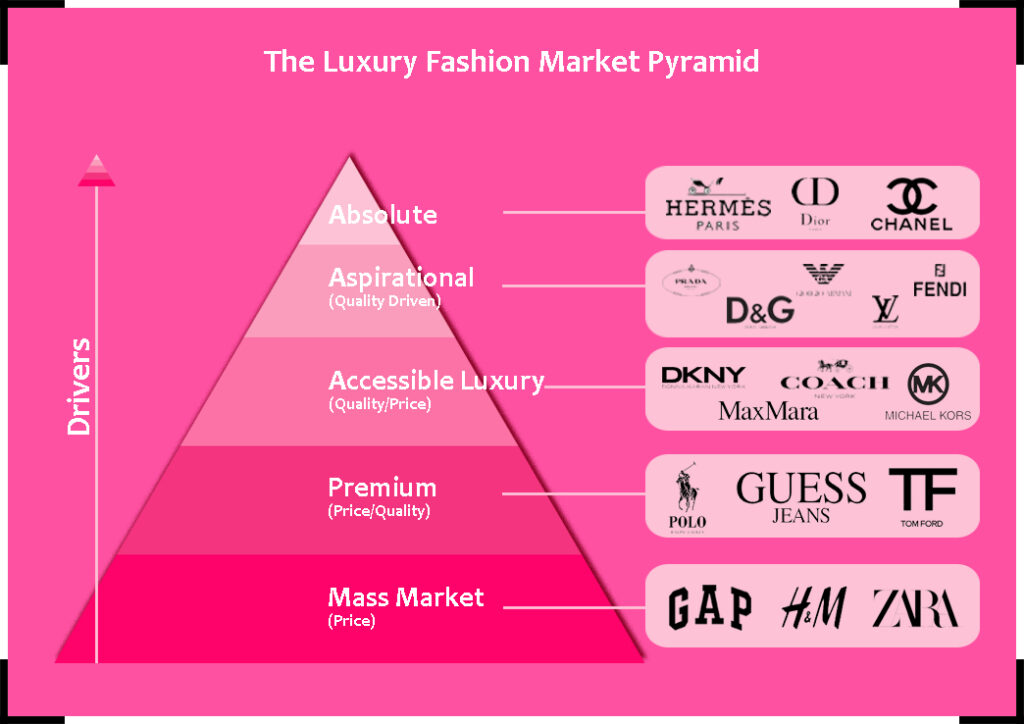
3. Market Trends and Consumer Behavior
Recent trends in the luxury fashion market include a shift towards sustainability, digital fashion, and personalization. According to a 2022 report by Bain & Company, the luxury market grew by 21% in 2021, reaching €1.1 trillion. Millennials and Gen Z consumers, who make up over 60% of luxury purchases, are driving this growth, with a strong preference for brands that align with their values, such as environmental sustainability and social responsibility.
Social media platforms like Instagram and TikTok have become crucial marketing tools, with influencers playing a significant role in brand promotion. For instance, a single post by Kylie Jenner can generate millions in revenue for a luxury brand.
4. The Role of Technology in Luxury Fashion
Technology is transforming the luxury fashion industry through e-commerce, digital marketing, and innovative design techniques. Brands like Burberry and Balenciaga have embraced virtual reality (VR) and augmented reality (AR) to enhance the shopping experience.
E-commerce platforms have become vital, with online luxury sales accounting for 23% of the market in 2021, up from 12% in 2019. Technologies such as 3D printing and AI-driven design are also being adopted to create customized and unique pieces, setting new standards in luxury craftsmanship.
5. Regional Analysis of the Luxury Fashion Market
The luxury fashion market is heavily concentrated in regions like Europe, North America, and Asia:
- Europe: Home to many luxury fashion houses, Europe remains a dominant market, with Paris, Milan, and London being major fashion capitals.
- North America: The US is a significant market, with New York City as a central hub for luxury retail.
- Asia: China has emerged as a critical market, contributing to over 35% of global luxury sales in 2021. Cities like Shanghai and Beijing are key locations for luxury brand expansions.
Emerging markets such as India and Southeast Asia are also showing promising growth due to increasing wealth and a growing appetite for luxury goods.
6. Challenges Facing the Luxury Fashion Market
The luxury fashion market faces several challenges:
- Economic Uncertainty: Global economic fluctuations can impact consumer spending on luxury goods. The COVID-19 pandemic, for example, caused a temporary dip in sales.
- Counterfeiting: Counterfeit goods pose a significant threat, with the global counterfeit market estimated at $509 billion in 2016. Brands are investing heavily in anti-counterfeiting technologies.
- Balancing Exclusivity and Inclusivity: While maintaining exclusivity, brands are also striving to be more inclusive and diverse in their marketing and product offerings.
7. Sustainability and Ethical Practices
Sustainability is increasingly crucial in the luxury fashion market. Brands like Stella McCartney, known for its eco-friendly practices, and Gucci, which launched its Gucci Equilibrium initiative, are leading the way. Consumers are demanding transparency and sustainability, with 85% of luxury shoppers considering a brand’s environmental record before purchasing, according to a 2020 study by BCG.
8. Future Outlook and Predictions
The future of luxury fashion looks promising with continued growth and innovation. Key predictions include:
- Sustainability: Increased focus on eco-friendly practices and materials.
- Digital Integration: Expansion of digital fashion, virtual try-ons, and augmented reality experiences.
- Customization: Rise in personalized luxury products catering to individual preferences.
According to McKinsey’s 2023 report, the global luxury market is expected to grow by 5-7% annually, driven by strong demand in Asia and the increasing influence of younger consumers.
Conclusion
The luxury fashion market is a dynamic and evolving sector that combines tradition with innovation. As it adapts to changing consumer preferences and technological advancements, the future of luxury fashion looks bright, with sustainability and digital integration at the forefront. Engaging with this market offers a glimpse into a world where craftsmanship, exclusivity, and modern trends converge, creating a fascinating landscape for both brands and consumers.


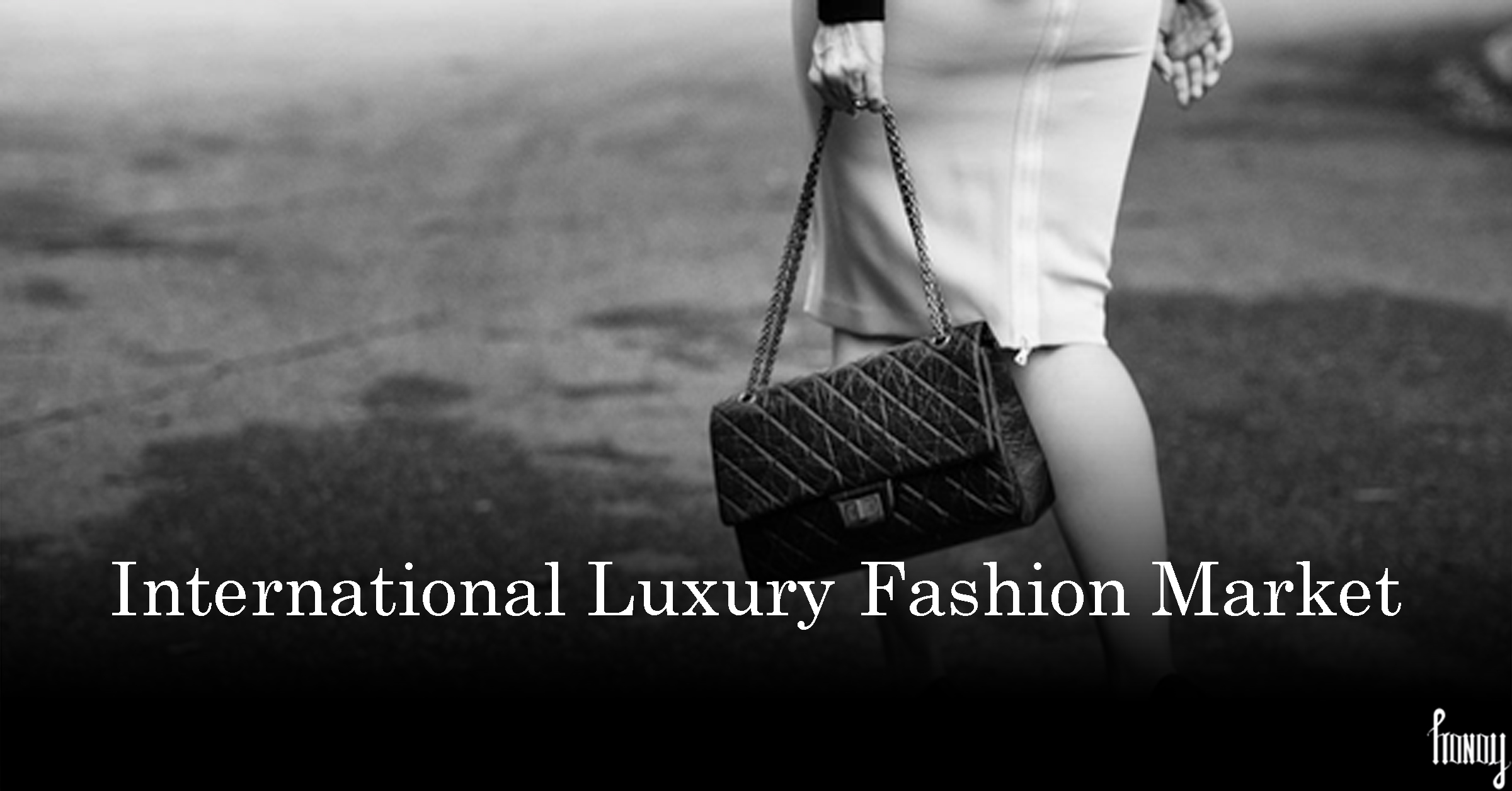




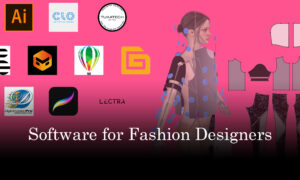



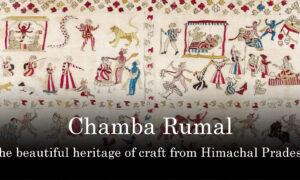

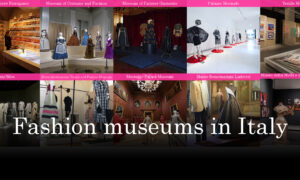















Pingback: 7 Vera Wang : Best American Fashion Designer Series
Pingback: No 16 Yuzen Silk : Best Crafts Of World Series